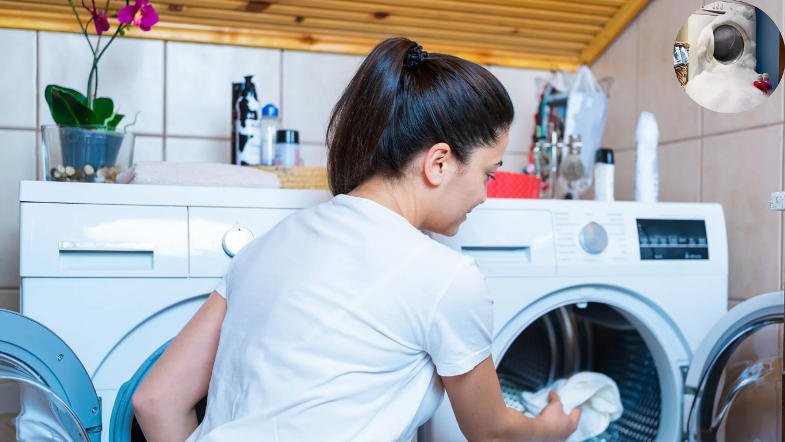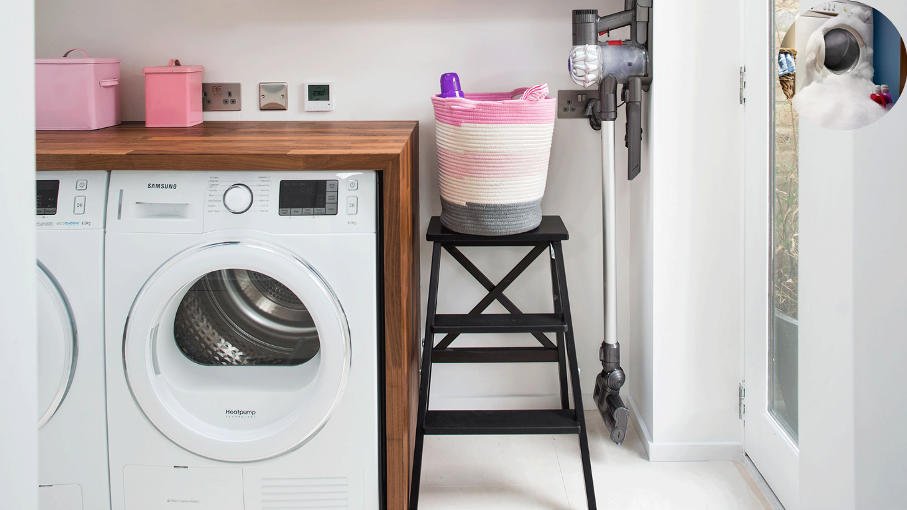When you run your clothes dryer, you might notice the laundry room-or even parts of your home-feeling warmer than usual. This observation raises a common question: does running the dryer actually heat up your house? The answer depends on how your dryer is vented and what type of dryer you use. Most standard dryers are designed to vent hot, moist air outside, so under normal circumstances, they shouldn’t significantly raise your home’s temperature. However, if the vent is disconnected, blocked, or intentionally redirected indoors, the hot air and humidity can spill into your living space, making it noticeably warmer and more humid. Some people even attempt to use their electric dryer as a supplemental heat source in winter, but this comes with trade-offs, including increased humidity and potential air quality concerns.Understanding how dryers work and how they interact with your home’s environment is key to knowing whether your appliance is warming more than just your clothes.
The science behind the dryer’s heat
Electrical resistance generates heat in a dryer.When you start the machine, electricity flows into coils that heat up rapidly. This energy then warms the air circulating within the drum.
As moist clothes tumble around, this hot air absorbs moisture and carries it away. The combination of warm air and mechanical action is key to drying effectively.
They ensure that the appliance doesn’t overheat while efficiently removing water from your laundry.
The type of dryer—electric or gas—also plays a role in how heat is produced. Electric models rely solely on heating elements, while gas units use combustion to generate warmth.
Understanding these mechanics reveals just how much science goes into an everyday chore like laundry.
How much heat does a dryer actually produce?
The amount of heat produced by a dryer varies depending on several factors. Typically, standard electric dryers operate at temperatures between 125°F and 135°F. This is hot enough to effectively remove moisture from clothes.
Gas dryers can reach slightly higher temperatures, often peaking around 150°F. The heating element or burner ignites during the drying cycle, creating warmth that circulates through the drum.
However, not all of this heat directly contributes to warming your home. Most of it escapes through vents outside as steam and warm air are expelled.
When calculating the total heat output in an hour, a dryer can generate up to 3 kilowatts per hour. But remember, much of this energy dissipates rather than raising your indoor temperature significantly.
So while running a dryer does produce some warmth, it’s not typically enough to rely on for heating your entire house efficiently.
You may also read (home improvement).
Factors that can impact the amount of heat generated by a dryer
Several factors can influence the heat generated by your dryer. One key element is the load size. A full dryer may take longer to dry clothes, producing more heat over time compared to a smaller load.
It is also important to consider the type of fabric.Heavier materials like towels absorb more moisture and require additional drying time, leading to increased heat output.
Ventilation matters too. If your dryer vent is clogged or improperly installed, it can trap heat and humidity inside, affecting efficiency and causing the appliance to work harder.
Ambient temperature impacts performance. In colder environments, dryers may need to generate extra warmth to effectively dry clothing versus in warmer conditions where they run more efficiently.
Does running the dryer affect your home’s temperature?
Running the dryer can impact your home’s temperature, but it varies based on several factors. When you turn it on, heat from the appliance is released into the air. This effect can warm a small area around the laundry room.
However, if your house is large or poorly insulated, that warmth might not reach other rooms effectively. The overall increase in temperature may be minimal and short-lived.
While this helps with humidity control, it means less warming effect indoors.
The ambient conditions also play a role. On cold days, any extra warmth introduced by the dryer could feel like a welcome addition to chilly spaces nearby. Yet during warmer months? That same heat likely becomes an unwelcome guest in your home.
Alternative ways to heat up your house
If you’re looking to warm up your home without relying solely on the dryer, there are several other options.
One effective method is using a space heater. These compact devices can quickly heat small areas of your home and are energy efficient when used properly. Just be sure to follow safety guidelines to prevent any fire hazards.
Open those curtains during the day to let in as much light as possible, which can help raise indoor temperatures naturally.
You might also consider adding area rugs or blankets for extra insulation against drafts. In addition to adding warmth to your decor, they also enhance it.
Sealing gaps around windows and doors can significantly reduce cold air leaks, making it easier for your central heating system—or even that running dryer—to keep things cozy inside.
With these methods at hand, you can effectively manage the temperature in your house while still enjoying fresh laundry without worrying too much about how much heat that dryer actually adds!
You may also read (appliances).

